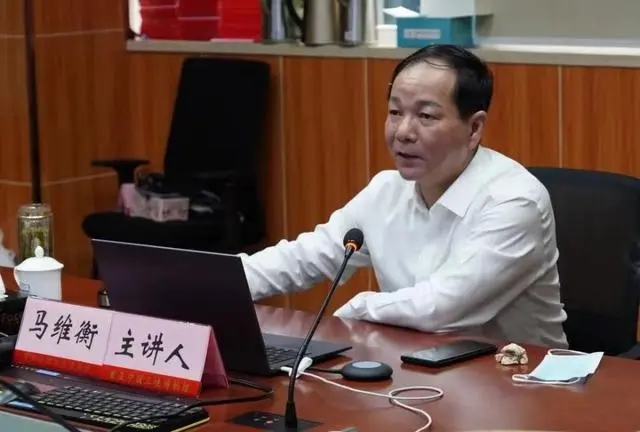The online lecture on the theme of the exhibition "See the Bell Qin at first sight" to promote Chinese traditional culture was widely praised
In order to promote Chinese traditional culture, Chongqing China Three Gorges Museum recently launched an online lecture on the theme of the exhibition "A Bell Qin at First Sight - From Palace Ritual Music to Literati's Elegance", which has been highly praised by many zither lovers.

"Wang Xianfu, vice curator of Hubei Provincial Museum, vice president of Hubei Provincial Institute of Cultural Relics and Archaeology, and research librarian, will be invited as the keynote speaker in this lecture." The staff of Chongqing China Three Gorges Museum told the reporter that while the special lecture of the exhibition "See the Bell Qin at First Sight - From Imperial Ritual Music to Literati's Elegant Prosperity" benefited the fans of chime culture, it also connected the branch halls of Kuizhou Museum, Kaizhou Museum, Yunyang Museum, Qijiang Museum, Wushan Museum, Zhongzhou Museum and Chongqing Normal University Museum, so that the cultural and museum workers could also participate in learning and exchange.
"Teacher Wang Xianfu led everyone to experience the chime culture of 'the magnificent bell ringing and ritual music' with the title of 'He Zhong Zongyi - the ritual music civilization and the" international "relationship in the vision of Zeng and Chu chimes'." According to the person in charge of this lecture, Wang Xianfu introduced the basic concepts to enable participants to fully understand the origin and development of Bianzhong. From the research on the chimes of Zeng State and Chu State in the Western Zhou Dynasty, the Spring and Autumn Period and the Warring States Period, this paper discusses in detail the relationship between etiquette and music civilization and "international" reflected by the chimes and the instruments they use.
"Through Mr. Wang Xianfu's wonderful theme sharing, we realized that Bianzhong is not only a unique musical instrument with magnificent momentum and beautiful melody, but also a symbol of power and rank in China's pre Qin period, and also a historical expression of China's idea of" harmony without difference "." The participants in this lecture said so.
In addition, the reporter also learned that as early as September 8, Chongqing China Three Gorges Museum had invited Ma Weiheng, a famous Chinese Zhuo Qin artist and guqin player, and Wang Jianxin, a professor of Tianjin Conservatory of Music, director of the Department of Musicology, and director of the Chinese Traditional Music Society, to give a special lecture from the perspective of guqin related research, to discuss theories and share cases.

"In order to let the audience better understand the exhibition content of" The Bell Qin at First Sight - From Imperial Ritual Music to Scholar's Elegance ", and appreciate the unique humanistic spirit and artistic charm of ancient Qin and Bianzhong, Chongqing China Three Gorges Museum held a special online lecture around the exhibition." According to the staff of Chongqing China Three Gorges Museum, the special online lecture has attracted more than 700 fans of guqin and chime culture, museum workers and volunteers.
 渝公网安备 50010702504639号
渝公网安备 50010702504639号